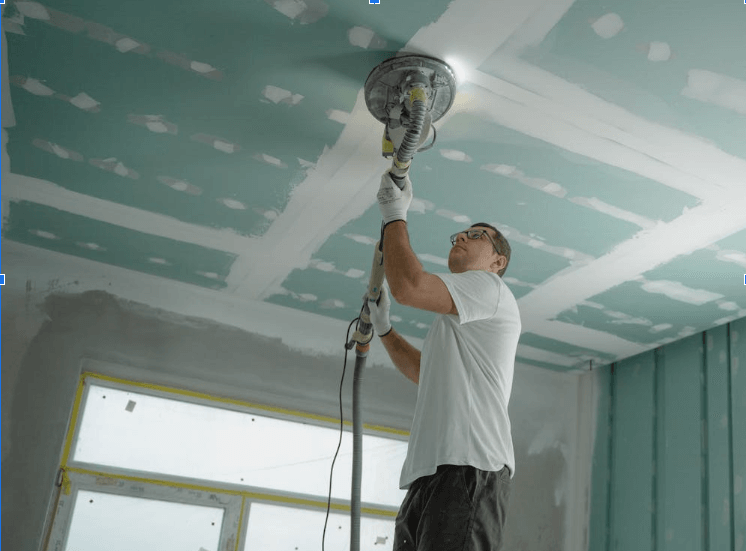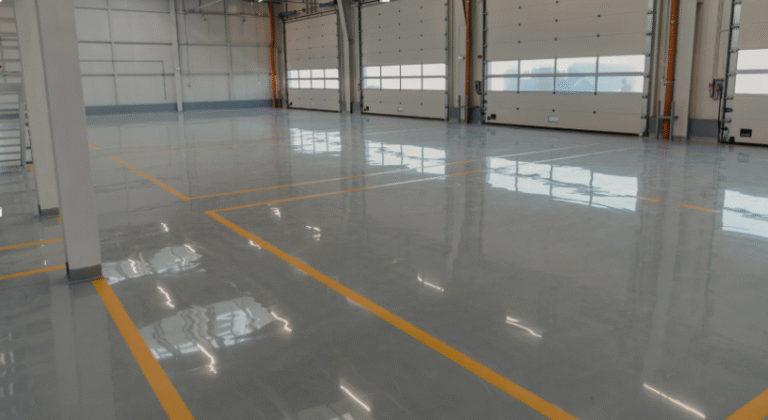Key Design Trends in Modern Commercial Architecture
As commercial environments evolve, architecture plays a critical role in reflecting the priorities of modern business: flexibility, sustainability, and a user-focused experience. Across office buildings, retail centers, and multi-use facilities, modern architects in Atlanta are shifting away from static, traditional models and leaning into functional, adaptable designs that support how people work and interact today.
Moving Beyond Traditional Structure
One of the most distinct shifts is the move from heavily ornamented, enclosed commercial spaces toward minimal, expansive environments. This isn’t just about aesthetics; it’s about making spaces work harder with fewer constraints. Open layouts, clean structural lines, and natural light have replaced rigid corridors and segmented floor plans.
Understanding how these spaces differ from older models starts with recognizing that modern architecture places purpose before ornamentation. Designers prioritize structural efficiency, reduced clutter, and maximized usability, which is clearly illustrated when exploring the differences between modern and traditional architecture, an approach that embraces flexibility, clean material use, and space fluidity over purely decorative construction.
See also: Local Siding Contractor Sacramento Teams Improve Curb Appeal
Designing With Sustainability in Mind
Sustainability is more than a feature; it’s a foundational principle. Architects today are building with long-term resource conservation and operational efficiency in mind. Reclaimed materials, energy-efficient systems, low-VOC finishes, and advanced HVAC integrations are part of the baseline.
But beyond material selection, commercial projects often rely on passive strategies like building orientation, natural ventilation, and daylight harvesting to reduce energy use and increase occupant comfort. This ensures that modern commercial structures meet evolving codes while enhancing both environmental and economic performance.
Balancing Sleek Design with Sensory Comfort
While modern design leans toward clean and refined finishes, architects are increasingly introducing tactile depth to soften commercial interiors. Adding layered materials and surfaces helps balance cold industrial elements and creates a more grounded and welcoming user experience.
This is where understanding the role of texture and fabric in modern interior design becomes essential. Textured panels, acoustic fabrics, and natural materials like wood and stone bring warmth into shared spaces without disrupting the overall aesthetic. These details influence everything from sound control in open workspaces to the overall mood and feel of lobbies, lounges, and retail zones.
Building for Flexibility and Longevity
Perhaps the most defining trend in modern commercial architecture is adaptability. Businesses today can’t afford to be boxed into permanent layouts that don’t accommodate change. As a result, commercial spaces are now designed with modular components, like movable walls, multi-use rooms, and scalable infrastructure that can shift with organizational growth.
Smart systems also play a vital role. Touchless entry points, occupancy sensors, app-based building controls, and integrated connectivity are becoming standard inclusions. These features not only improve user convenience and security but also future-proof commercial properties for tech advancements on the horizon.
Conclusion
Modern commercial architecture is not about chasing trends; it’s about anticipating future demands and meeting them with precision and purpose. By blending minimalist structures with sustainable materials, tactile finishes, and tech-enabled adaptability, architects are reshaping how commercial buildings look, feel, and function. The result is a smarter, more human-centered approach to building design, one that evolves alongside the businesses and communities it serves.






